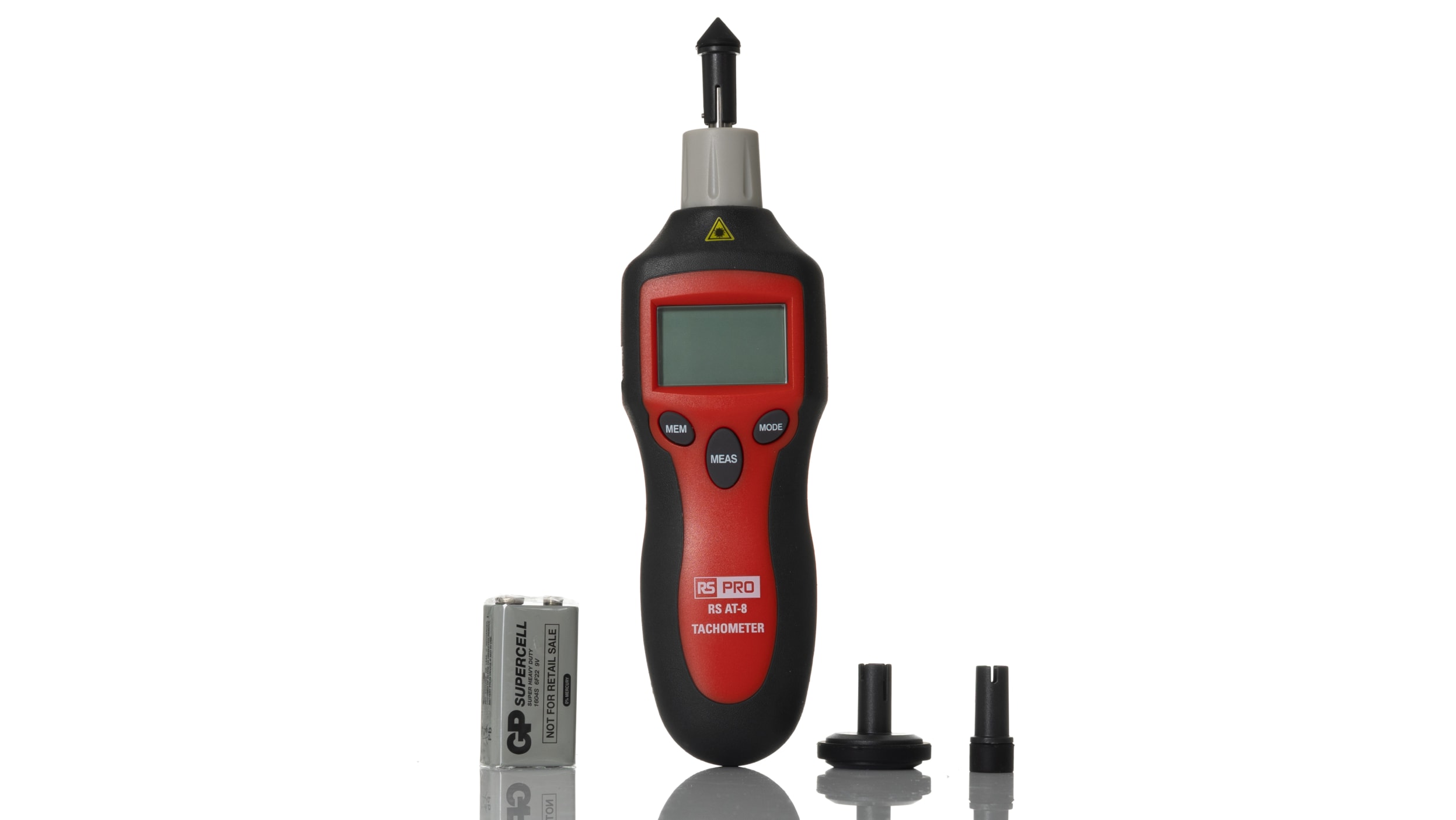The Value of a Tachometer in Monitoring Engine Rate and Performance in Automotive Applications
In the realm of automotive engineering, the tachometer stands as a pivotal instrument in the motorist's collection, giving a straight home window into the internal functions of an automobile's engine. Past its feature as a simple scale of transformations per min (RPM), the tachometer offers as an essential tool for lovers and experts alike, using real-time insights into engine performance and health and wellness.
Relevance of Checking Engine RPM
Checking engine RPM, or changes per min, is an essential facet of vehicle upkeep and efficiency analysis. Engine RPM straight correlates with the speed at which the engine's crankshaft rotates, showing just how promptly the engine is running - tachometer. By monitoring RPM, technicians can examine the health and wellness of the engine, discover prospective problems, and fine-tune efficiency. An uncommon RPM analysis may signal troubles such as engine misfires, damaged stimulate plugs, or problems with the gas shipment system. Regularly high RPM readings can suggest aggressive driving behaviors or the requirement for a greater gear change to enhance fuel performance.
Moreover, monitoring engine RPM is crucial for performance assessment in auto racing and high-performance cars. Keeping ideal RPM degrees is important for attaining peak power outcome and velocity. Racers commonly use tachometers to guarantee they are running within the optimal RPM array for maximum efficiency. In summary, keeping an eye on engine RPM is not only important for detecting problems yet also for enhancing engine efficiency in different auto applications.

Benefits of Real-Time Data
In vehicle applications, real-time data plays a critical duty in providing instant insights into the efficiency and problem of the car. By constantly keeping an eye on different specifications such as engine rate, temperature, fuel consumption, and more, real-time data provides various benefits that add to boosted performance and safety and security when driving.
One considerable benefit of real-time information is its capability to alert drivers and technicians to any abnormalities or concerns promptly. This proactive strategy allows quick recognition of prospective issues, permitting timely interventions to prevent more damages or break downs. Additionally, real-time information assists in performance optimization by supplying instant feedback on driving behaviors and engine effectiveness. Chauffeurs can readjust their habits in real-time based upon this details to accomplish far better gas economy and lengthen the life expectancy of their vehicle.

Furthermore, real-time information plays a vital function in modern-day automobile diagnostics, making it possible for specialists to promptly diagnose and deal with breakdowns. This results in lowered downtime, lower maintenance expenses, and inevitably, improved total vehicle dependability and durability (tachometer). By harnessing the power of real-time data, vehicle stakeholders can make enlightened decisions that favorably affect both the efficiency and longevity of the automobile
Influence On Gear Shifts
Efficient equipment shifts in automobile applications significantly influence overall performance and driving experience. The tachometer plays a vital duty in maximizing equipment shifts by offering real-time engine speed data to the motorist. great post to read When coming close to the redline on the tachometer, it indicates the vehicle driver to upshift to avoid over-revving additional resources the engine and triggering possible damages. On the various other hand, downshifting at the ideal minute can aid keep the engine in its power band, making certain receptive velocity when required.
Moreover, the tachometer aids in achieving smoother equipment changes, especially in hands-on transmissions. By keeping track of engine speed, chauffeurs can execute equipment changes at the optimal RPM range, lowering snagging movements and lessening wear on the transmission components. This accuracy on duty changes not just improves driving comfort but additionally adds to fuel performance.
Enhancing Gas Efficiency
Offered the important duty the tachometer plays in maximizing equipment changes for performance and engine wellness, it directly adds to taking full advantage of gas performance in automobile applications. By providing real-time comments on i loved this engine speed, the tachometer assists chauffeurs in maintaining the most efficient RPM variety for fuel economic situation. When chauffeurs continually keep track of the tachometer and adjust their driving habits as necessary, they can prevent unneeded fuel usage caused by over-revving or carrying the engine.
Additionally, the tachometer aids vehicle drivers identify the most fuel-efficient gear to be in at any given minute, preventing the engine from working more challenging than needed. In verdict, the tachometer offers as a useful device in improving gas effectiveness by advertising optimum driving behaviors and recognizing locations for enhancement in the automobile's efficiency.

Making The Most Of Engine Longevity
The tachometer's role in keeping track of engine speed and efficiency is crucial in ensuring the long life of automobile engines. By utilizing the tachometer effectively, vehicle drivers can maximize engine durability through conscious RPM administration. Regularly revving an engine too high can bring about too much deterioration on vital components, such as the pistons, valves, and bearings. With time, this can lead to decreased engine efficiency and prospective malfunctions. Checking the tachometer enables drivers to remain within the suggested RPM array for their car, avoiding unneeded stress on the engine and expanding its life expectancy.

Final Thought
To conclude, the tachometer plays a crucial function in monitoring engine rate and performance in vehicle applications. By offering real-time information on RPM, it enables reliable gear changes, enhanced gas efficiency, and made best use of engine durability. This device is vital for maintaining ideal engine efficiency and guaranteeing the total functionality of an automobile.
Comments on “Tachometer Fundamentals: Whatever You Need to Know for Accurate Readings”